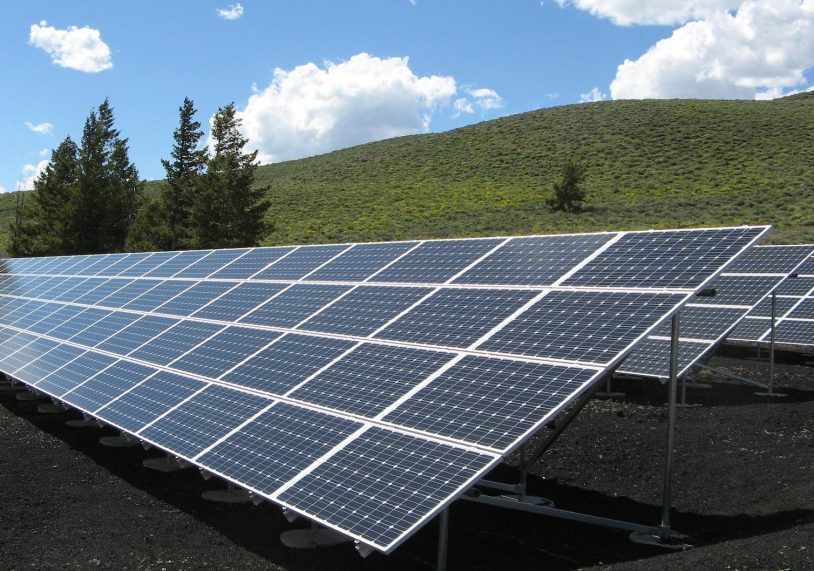Nuclear Energy: Does It Worth the Risk?
As our planet continues to grapple with an ever-increasing demand for energy, the quest for cleaner and more efficient sources has taken center stage. One such energy source, nuclear power, has been a point of heated debate since its inception. The pros and cons, costs and benefits, and potential applications of nuclear energy are heavily […]


